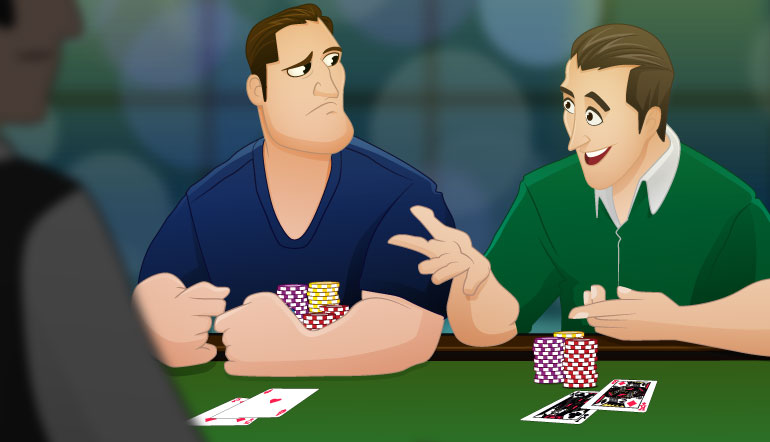Most people have a general idea of what a bankroll is, but for a post like this, we need to get a lot more specific.
- Average Amount Of Hands Of Blackjack Per Hours
- Average Amount Of Hands Of Blackjack Per Hour Per
- Average Amount Of Hands Of Blackjack Per Hour Chart
- Average Amount Of Hands Of Blackjack Per Hour Per
- Average Amount Of Hands Of Blackjack Per Hour Formula
The casino’s dealers can deal a total of 350 hands per hour on average (including their own hand), and this number of hands is more or less independent of the number of players at the table. House rules are such that a perfect basic strategy player plays to a house advantage of 0.5 percent of handle.
- The first set applies before she checks her hole card to see if she has blackjack. The numbers in parentheses tell you where she's at if she doesn't have blackjack. As you can see, a player's 19 would be the favorite over both a dealer's 10 and Ace if she has to play her hand out against yours.
- Aug 12, 2008 The casino’s dealers can deal a total of 350 hands per hour on average (including their own hand), and this number of hands is more or less independent of the number of players at the table. House rules are such that a perfect basic strategy player plays to a house advantage of 0.5 percent of handle.
Your bankroll is the amount of money you’ve set aside to gamble with.
You might have specific bankrolls for various games based on various goals. If you play games where you’re satisfied with a negative expectation, the size of your bankroll compared to the averagesize of your bets is what determines how long you’re able to play a specific game.
If you’re a professional gambler, though, you’re probably more interested in avoiding going broke in the short run. Gambling is based on random chance, and even if you have a long-term advantage,you can still go broke in the short run because of variance.
Here’s a simple example of how that might work.
Suppose you’re playing a simple gambling game with a buddy where you have a 52% probability of winning, and she has a 48% probability of winning. She’s willing to bet you straight-up, too — ifyou win, you get $100 from her, and if she wins, she gets $100 from you.
Suppose you only have a bankroll for this game of $100.
Can you see how you’d have a good probability of going broke even though you have a distinct mathematical edge?
Average Amount Of Hands Of Blackjack Per Hours
In the long run, your results should resemble the mathematical, theoretical prediction, but in the short term, anything can happen.
Average Amount Of Hands Of Blackjack Per Hour Per
The goal of having a large bankroll relative to your bet size is to avoid going broke while you’re waiting for your long-term edge to kick in.
Average Amount Of Hands Of Blackjack Per Hour Chart

Average Amount Of Hands Of Blackjack Per Hour Per
But that only applies to gamblers who have an edge.
Average Amount Of Hands Of Blackjack Per Hour Formula
If you’re playing a negative expectation game, you’ll eventually lose all your money. The trick is getting the most entertainment for your money while you’re doing so.